Szczecinek 20-08-2024r.
Geographic coordinates: 53.694N 16.706E. Elevation 139 m (456 ft).
City Szczecinek.
Szczecinek is a city in Poland, in the West Pomeranian Voivodeship, which is the capital of the Szczecinek district. Geographically, Szczecinek is located in Western Pomerania. The city lies on the border of the Drawsko Lakeland and the Szczecinek Lakeland, located between three lakes: Trzesiecko, Wielimie and Wilczkowo. The city has an area of 48.48 km2, and the elevation is 132-160 m. The city’s population is 38,148 people. Since 1978, Szczecinek has its own bugle call.
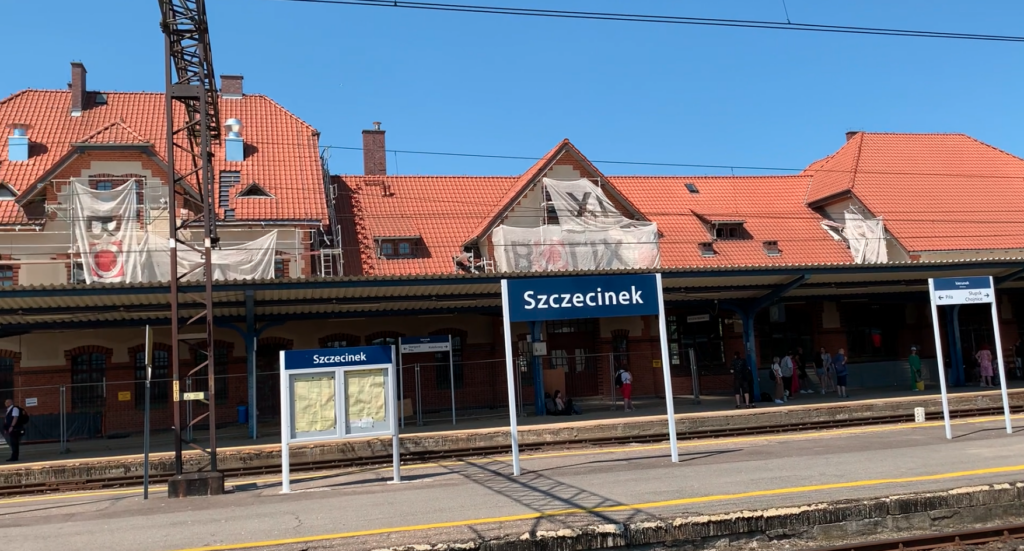
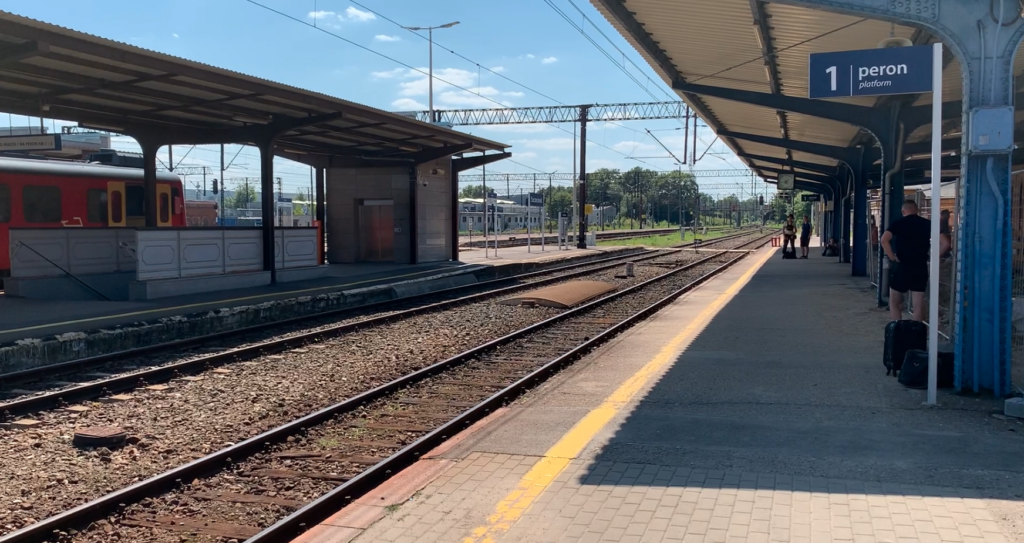
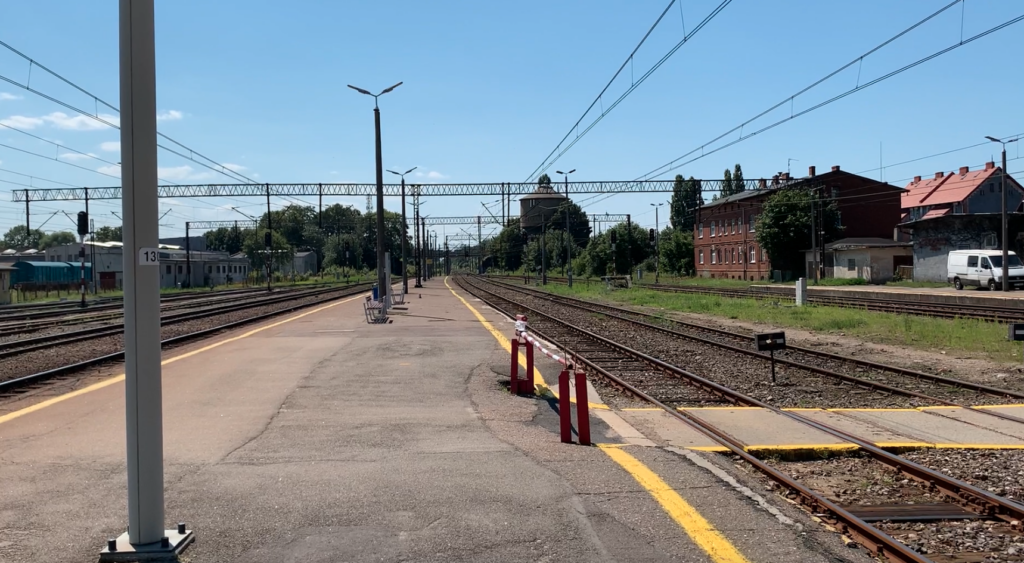
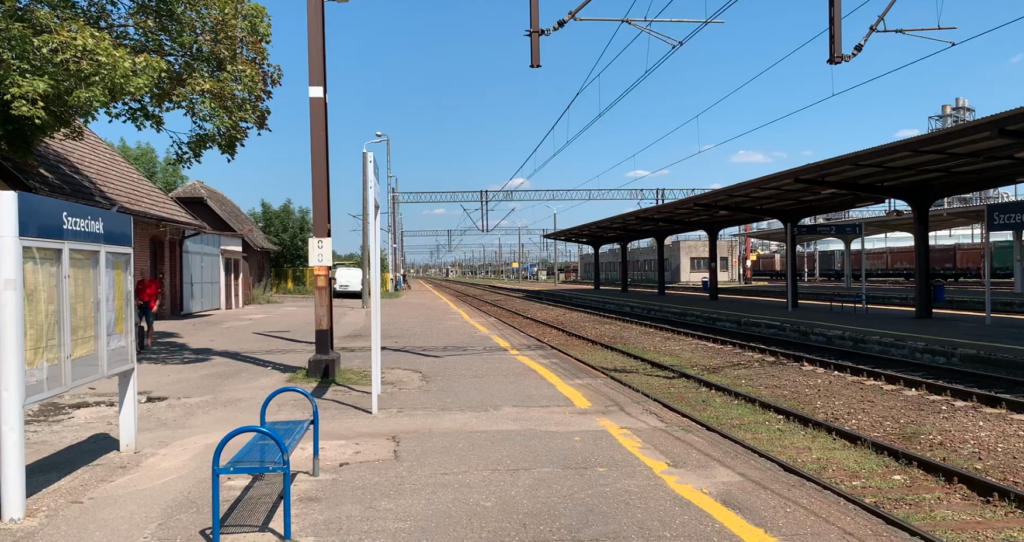
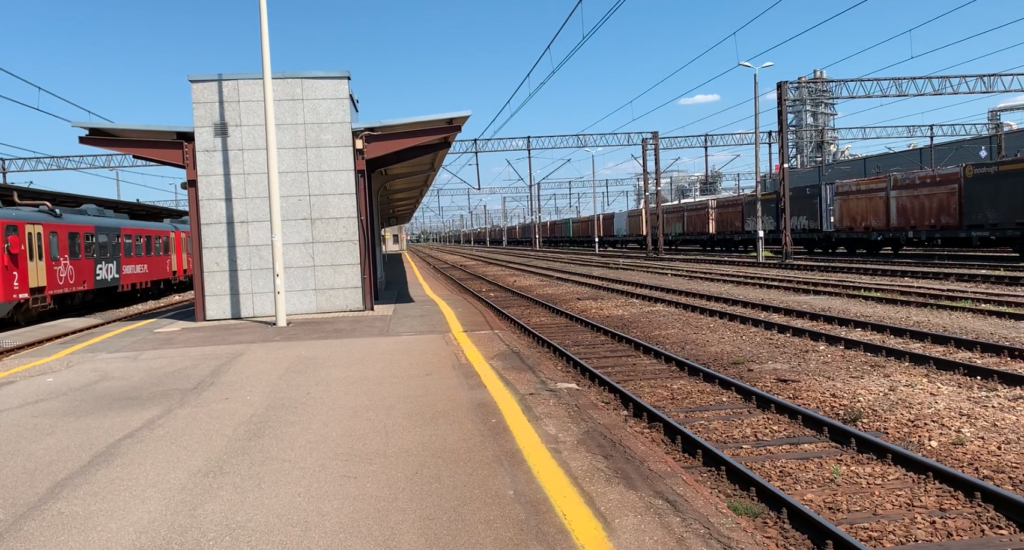
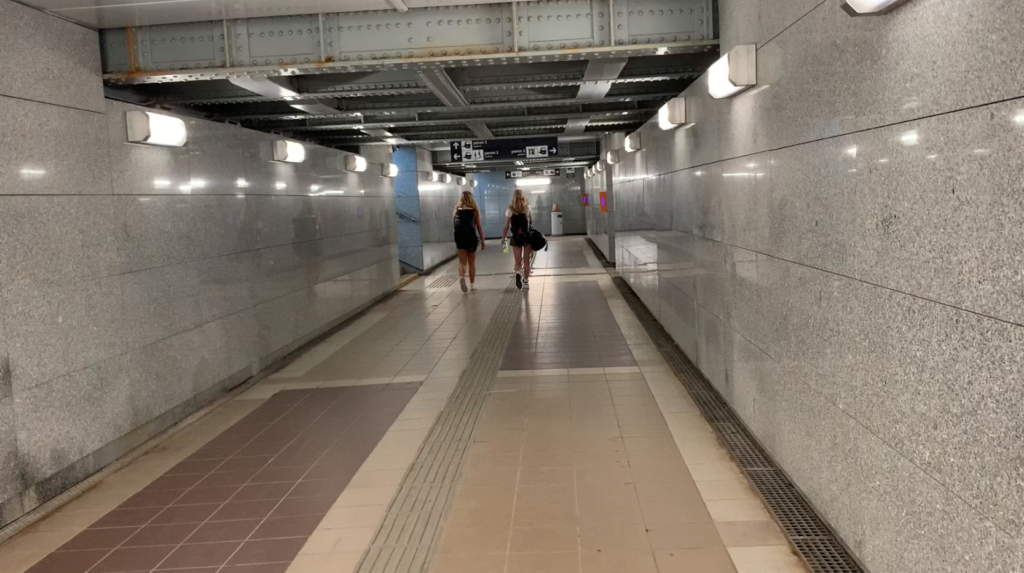
History of the city of Szczecinek.
Szczecinek received the right of location in 1310, when it was founded by Duke Warcisław IV; Duke of Wolgast, Słupsk-Sławnia and Rugia (Duke of Pomerania). In its coat of arms, the city of Szczecinek received a black princely griffin on a golden field (Kashubian griffin) turned to the right (according to heraldic pages), and a silver fish, probably sturgeon, which was already caught in the local lakes in the Middle Ages.
There was a stronghold on Przemysł Hill since the 10th century. Initially, the city was called Nowy Szczecin. The name of the city, Nowy Szczecin, referred to Szczecin, the capital of the Duchy of Pomerania, before its division in 1295. In the 12th century, Bolesław Krzywousty sought Polish Pomerania. From the beginning of the 14th century, Pomerania became the target of Brandenburg’s expansion. As a result, trade routes changed, which weakened Szczecinek’s position. In 1368, the Duchy was divided between the brothers, which further weakened Szczecinek’s position. The Duchy of Szczecinek survived until 1390. During the Polish-Teutonic wars, two congresses of Pomeranian dukes (Gryfites) and Teutonic Knights were held at the castle in Szczecinek, which were aimed against Poland. Despite the commitments, no Pomeranian duke took action against Poland. Western Pomerania in the 14th century was divided into a number of small duchies, each of which pursued its own policy. The Gryfites maneuvered between Poland and the Teutonic Order, which did not always bring them a decent effect. Despite the alliance, the Teutonic Knights often plundered the territories of Pomerania. However, the invasion of the Polish Army, which took place in 1461, turned out to be difficult for the Szczecinek Land. The King of Poland, Casimir IV Jagiellon, wanting to force Duke Eric of Pomerania, who was allied with the Teutonic Order, to change his policy and clearly side with Poland, invaded Szczecinek. The defeat of the Teutonic Order stabilized the situation in Pomerania.
From the 16th century, the Prussians carried out colonization, which displaced the native inhabitants of the Gryfity. The city was repeatedly visited by fires and plagues. From 1601, a Polish School operated in Szczecinek, and the city had about 1,500 inhabitants. In 1622, there was already a grammar school, the first in Pomerania. From 1637, the city was under the rule of the Brandenburg-Prussian state, transformed in 1701 into the Kingdom of Prussia. The 19th century was a period of economic revival, with the development of clothmaking, trade in grain, wood and charcoal. The end of the Napoleonic wars brought significant economic and investment revival to Szczecinek. Thanks to the reforms carried out in Prussia at that time, the state system was transformed, creating the foundations for economic development. Szczecinek was one of the cities to which Polish people from Poznań and Gdańsk emigrated, harassed by the Germans. In 1900, the city had about 10,000 inhabitants, mainly Pomeranians (Kashubians) and Poles (bilingual).
The outbreak of the Great World War (1914) initiated by the Germans caused the rebirth of the Republic of Poland. Poland became a natural barrier between the Germanic brothers and the Muscovites. In these conditions, Szczecinek became a famous tourist center, to which Germans from Szczecin and Berlin came. In the 1920s, around Szczecinek, the Germans built a defense system against Poland, which was called the Pomeranian Wall. In September 1939, one of the main military attacks on Poland came from Szczecinek.
On February 27, 1945, units of the 32nd Smolensk Guard Cavalry Division entered Szczecinek – the Soviet army. The current name of the city was administratively approved on May 7, 1946. During the Polish People’s Republic, the Pomeranian Dukes’ Castle and temples were rebuilt. The timber, furniture and food industries also developed. Socio-economic changes (1989) led to the collapse of the economy in Szczecinek. A subzone of Szczecinek – Słupsk Special Economic Zone was established in the city, which included 9 industrial and commercial complexes, with a total area of 95.51 ha.
Railway lines in Szczecinek.
In 1878, the first railway connection was launched in Szczecinek. The Szczecinek railway station was opened on May 15, 1878. In the period 1878-1945, it had the Germanic name Neustettin.
Currently (2024) all long-distance trains stop at the Szczecinek station. However, only PolRegio trains stop at the Szczecinek Chyże and Czarnobór stops (within the city limits).
Currently, three railway lines run through the station: No. 210 Chojnice – Runowo Pomorskie, No. 404 Szczecinek – Kołobrzeg, No. 405 Piła Główna – Ustka. Railway lines in five directions leave from the station.
Szczecinek Railway Station.
The station was located in the northern part of the city on the axis; north-east – south-west. These areas were previously agricultural. Many neighboring plots were occupied by warehouses and industrial plants. Currently (2024) most of this area is occupied by the Kronospan Polska factory. The company specializes in construction production; furniture boards, floor panels, kitchen countertops and others.
In 2017, the station was used by 1,200 passengers per day, and in 2022, 1,700 passengers per day. In August 2024, 50 trains departed from Szczecinek station per day. It was possible to reach the following stations: Bielsko-Biała Główna, Chojnice, Katowice, Kołobrzeg, Koszalin, Kraków Główny, Miastko, Poznań Główny, Przemyśl Główny, Runowo Pomorskie, Rzeszów Główny, Słupsk, Szczecin Główny, Tczew, Ustka, Wrocław Główny, Zebrzydowice.
Szczecinek Station.
The first station was a simple two-storey building to which single-storey annexes were added from both gable ends. The lower storey was made of Prussian brickwork, and the upper storey was made entirely of wood and covered with wooden paneling. The whole was covered with a gable roof, with a small slope, which was covered with roofing felt.
The new station was built next to the old station in 1892. The old station was demolished. The new station is a multi-body structure. It consists of five elements. The outer wings are three-storey structures, which are covered with a steep hipped roof. A porch with an entrance was added to the right building. Protruding staircases were placed in the gable ends of the building. The middle part is a two-storey building, also covered with a hipped roof. Here, a representative entrance to the main hall, ticket windows and waiting room was placed. There is a clock above the main entrance. On the left side (block two) there is a restaurant building, which is distinguished by its large windows. On the right side (block four) there is a railway services building. The whole is covered with roof tiles.
Currently, since 2022, the station is the property of the city. Only the main hall and ticket offices were open. The rest of the rooms were closed. The whole thing was not a good showcase for the city.
On July 7, 2023, a major renovation of the historic station building began. The contractor is Adexbud PMB from Oborniki. The work is carried out under the supervision of the provincial conservator of monuments. The expected renovation time is 30 months. The renovation will cost PLN 22.576 million. The government subsidy amounted to PLN 13.8 million. The work will be completed in 2025. During the work, a ceiling beam with the date Bochum 1889 was found, which confirms the date of commissioning of the facility in 1892. Importantly, the characteristic plan of Szczecinek, which decorates the waiting room at the station, will also be restored. The renovation that has begun pleases passengers, but it means that there is no temporary station and in the winter, passengers waited for trains on platforms.
Szczecinek station infrastructure.
Szczecinek station is a passenger and freight station at the same time. The passenger tracks are located at the station. The rest are freight tracks. Sidings to nearby workplaces run from the station. The Polish Post Office building is located next to the station building, as well as the UPS company building. In front of the station building is a station square called Dworcowa Street. Nearby there is a road roundabout through which DK No. 20 runs.
The station has three platforms: Platform 1 is single-edged, 410 m long, located at the station building and has a roof along its length. Platform 2 is an island, double-edged, 410 m long. The platform has a 100 m long roof. The railway services building stands on the platform. Platform 3 is an island, double-edged, 310 m long. The platform has a 100 m long roof. There is an unused platform dispatcher’s building on Platform 3. The platforms are of a low type and have an asphalt surface. Passengers can pass through a tunnel under the tracks and platforms. The tunnel was renovated a few years ago. The steel, riveted structures that hold the track are visible in the tunnel ceiling.
There were two water towers at the station. Tower No. 1 stands at the southwestern head of the station. Currently, the tower serves as a facility for mobile phone antennas. Tower No. 2 was polygonal, and inside there were two water tanks. The tower had a brick structure, and the tank level was covered with wood. The tower was put into service in 1878, and was dismantled a few years ago (around 2015).
In the southwestern part of the station there is a locomotive shed belonging to PKP Cargo – Rolling Stock Maintenance Point in Szczecinek. By the locomotive shed, on the side of Pilska Street, there is a historical narrow-gauge locomotive Px48-3908 with two freight cars attached. At the other end of the station (northeastern part) there is the PKP Energetyka plant.
The Pilska Street viaduct runs over the southwestern head of the station. The facility is of reinforced concrete construction. This viaduct replaced the old viaduct in 1969.
The station is crossed by: Railway Line No. 210 Chojnice – Runowo Pomorskie. Railway Line No. 404 Szczecinek – Kołobrzeg. Railway Line No. 405 Piła Główna – Ustka.
Written by Karol Placha Hetman
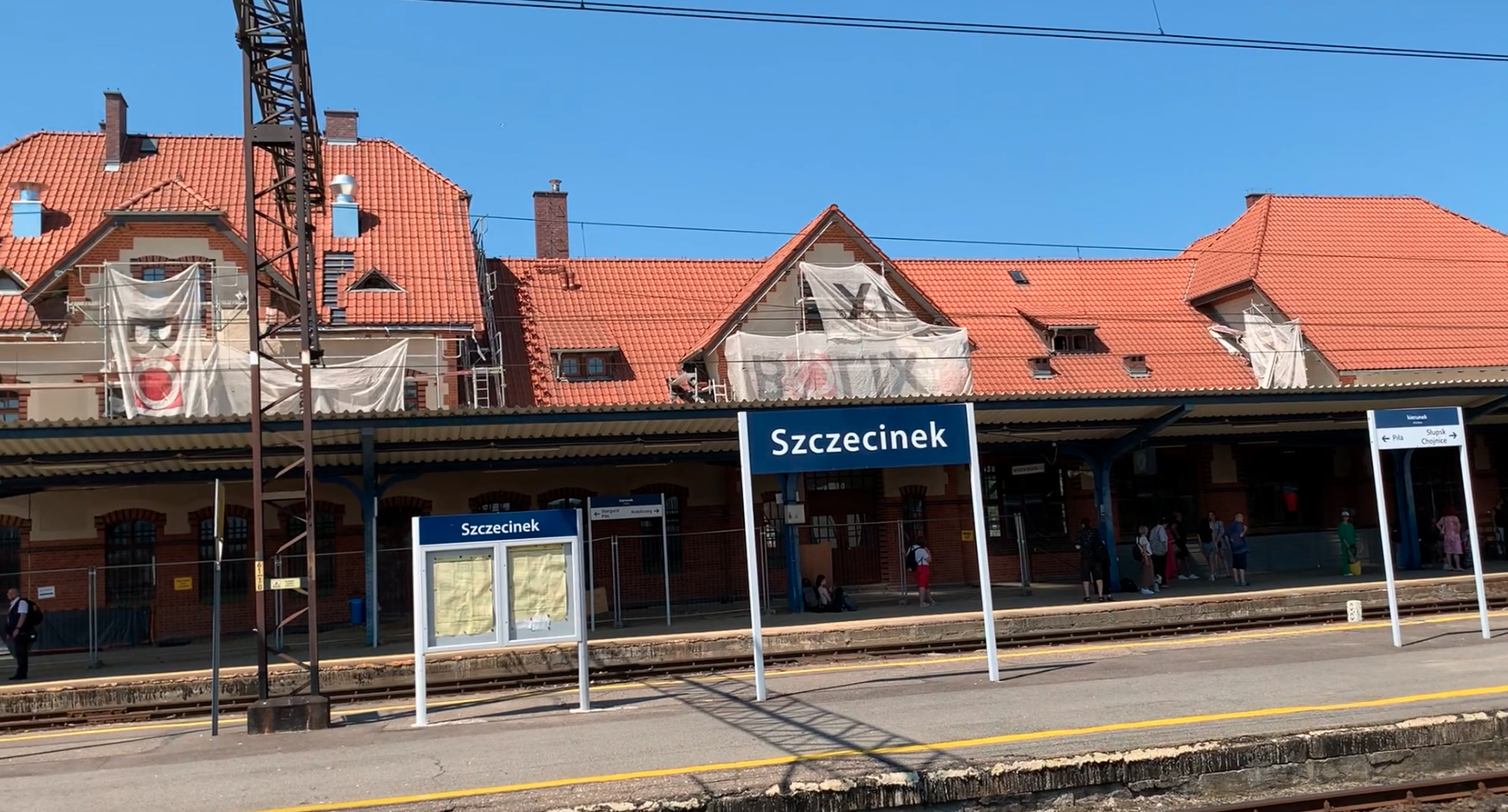
Leave a Reply
You must be logged in to post a comment.